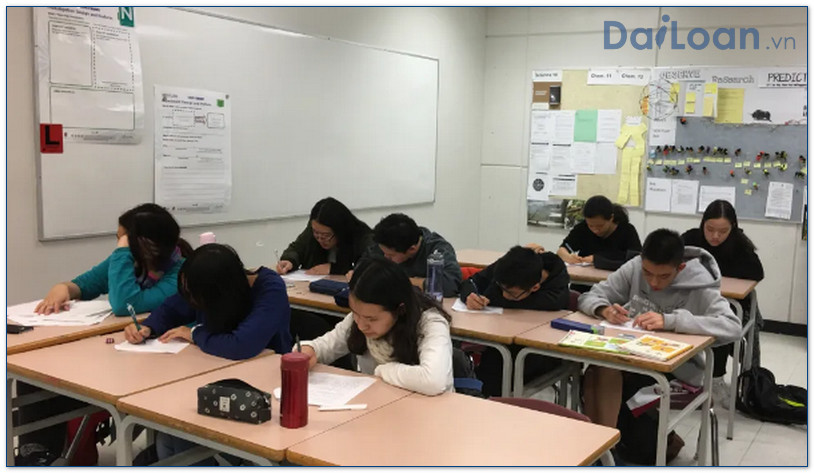In the rich tapestry of the Chinese language, certain terms encapsulate complex ideas within succinct characters. One such term is 尾隨 (wěi suí), which holds significant relevance in various contexts. This article will delve into the meaning, grammatical structure, and provide example sentences to enrich your understanding of this term.
What Does 尾隨 (wěi suí) Mean?
The term 尾隨 is composed of two characters: 尾 (wěi) meaning “tail” and 隨 (suí) meaning “to follow.” Thus, wěi suí literally translates to “to follow closely” or “to tail.” In a broader sense, it can refer to the action of following someone or something closely, whether in a literal or figurative sense.
The Grammatical Structure of 尾隨
In the context of Chinese grammar, 尾隨 is typically categorized as a verb. It can function in various sentence structures depending on the nuances intended by the speaker. Below are its common grammatical applications:
1. As a Transitive Verb
When used in a transitive form, 尾隨 can take direct objects, indicating what is being followed. The structure typically follows this pattern:
Subject + 尾隨 + Object
Example: 她尾隨了那只小狗。 (Tā wěi suí le nà zhī xiǎo gǒu.) – “She followed that little dog.”
2. As an Intransitive Verb
In some contexts, 尾隨 can also operate as an intransitive verb, focusing on the act of following without a specific object:
Subject + 尾隨
Example: 他在街上尾隨。 (Tā zài jiē shàng wěi suí.) – “He is tailing on the street.”
3. In a Figurative Sense
Moreover, 尾隨 can be used metaphorically to describe situations such as following trends or ideas:
Subject + 尾隨 + Trend/Idea
Example: 他们总是尾隨潮流。 (Tāmen zǒng shì wěi suí cháoliú.) – “They always follow the trend.”
Example Sentences Using 尾隨
To further illustrate the usage of 尾隨 , here are some example sentences that showcase its versatility in different contexts:
, here are some example sentences that showcase its versatility in different contexts:
1. In Everyday Conversation
在商场,我发现我被一个人尾隨。
(Zài shāngchǎng, wǒ fāxiàn wǒ bèi yīgè rén wěi suí.)
“In the mall, I noticed I was being followed by someone.”
2. Describing a Scene
夜晚,她在公园里尾隨着友人。
(Yèwǎn, tā zài gōngyuán lǐ wěi suí zhe yǒurén.)
“At night, she was tailing her friend in the park.”
3. In a Metaphorical Discussion
在学习过程中,以积极的态度尾隨新的知识总是有益的。
(Zài xuéxí guòchéng zhōng, yǐ jījí de tàidù wěi suí xīndē zhīshì zǒng shì yǒuyì de.)
“During the learning process, it is always beneficial to positively follow new knowledge.”
Conclusion
Understanding the term 尾隨 (wěi suí) opens up avenues for richer communication in Mandarin. By grasping its meaning, grammatical structure, and practical usage, learners can significantly enhance their fluency and comfort in everyday conversations. Whether used literally or metaphorically,  wěi suí embodies the art of following in its various forms, exemplifying the beauty of the Chinese language.
wěi suí embodies the art of following in its various forms, exemplifying the beauty of the Chinese language.

Sứ mệnh của Chuyên là giúp đỡ và truyền cảm hứng cho các bạn trẻ Việt Nam sang Đài Loan học tập, sinh sống và làm việc. Là cầu nối để lan tỏa giá trị tinh hoa nguồn nhân lực Việt Nam đến với Đài Loan và trên toàn cầu.
CÓ THỂ BẠN QUAN TÂM
Du học Đài Loan
Lao Động Đài Loan
Việc Làm Đài Loan
Đơn Hàng Đài Loan
Visa Đài Loan
Du Lịch Đài Loan
Tiếng Đài Loan
KẾT NỐI VỚI CHUYÊN
Zalo: https://zalo.me/0936126566
Website: www.dailoan.vn



